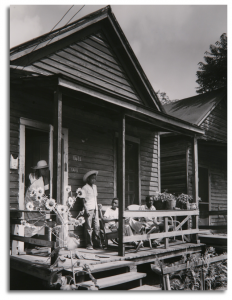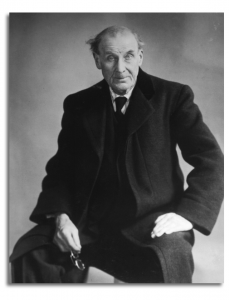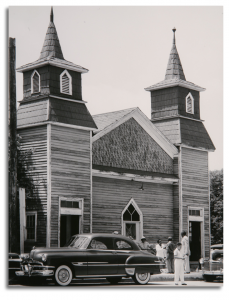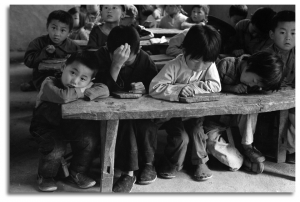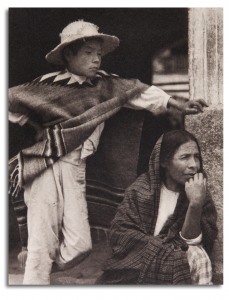Berenice Abbott – Inventor
House of Photography
In addition to her artistic accomplishments, Berenice Abbott invented photographic equipment and held four patents on her inventions. In 1947, she and several business associates established The House of Photography, which was a commercial venture designed to bring her inventions to market.READ ENTIRE ARTICLE
Berenice Abbott – 1411 9th Street, Augusta GA, 1954
Story Behind the Picture
Berenice Abbott’s 1411 9th Street, Augusta, Georgia, 1954
One of the major topics Berenice Abbott addressed in her Route 1 series was racial tension in the south, primarily in Georgia and Florida. READ ENTIRE ARTICLE
Before It Disappears – Berenice Abbott
There is a tradition in photography of photographers and photo enthusiasts devoting significant portions of their own careers preserving the work of their artistic heroes whose work was on the verge of extinction. READ ENTIRE ARTICLE
Route 1: Berenice Abbott’s Unusual Bargain
Imagine this: Berenice Abbott, her trusty view camera, a portable darkroom, a giant schnauzer named Schoen, and a pair of newlyweds, cram into a station wagon and head down Route 1 in the summer of 1954 to photograph small towns along the coast for months on end. READ ENTIRE ARTICLE
Imogen Cunningham – The Chop
Ideas Without End
When examining Imogen Cunningham Estate prints, one cannot help but notice the Chinese characters that lie to the right of her signature. A chop is an East Asian printing stamp that is used in lieu of a signature made with a pen in some Asian countries. READ ENTIRE ARTICLE
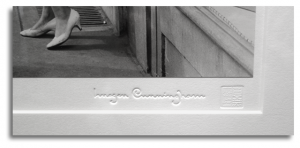 These stamps can be made of metal, stone, plastic, ivory and so forth and make an indentation on paper when pressure is applied. Imogen’s chop is very special as it was developed by Imogen and designed by Shen Yao, a friend of Imogen’s and a Professor of Linguistics at the University of Hawaii.
These stamps can be made of metal, stone, plastic, ivory and so forth and make an indentation on paper when pressure is applied. Imogen’s chop is very special as it was developed by Imogen and designed by Shen Yao, a friend of Imogen’s and a Professor of Linguistics at the University of Hawaii.Zeng Yi – The Love of Father and Daughter
Private Enterprise in Communist China
Zeng Yi – Our Classroom
Universal Education: Key to China’s Economic Success
Paul Strand – Mexican Landscape
Near Saltillo, Mexico, 1932
Paul Strand was immediately smitten with the Mexican landscape upon seeing the terrain from behind the wheel of his Model A Ford in the early days of his sojourn there, according to scholar Calvin Tomkins. In contrast with his earlier mode of photographing landscapes, Strand made some of his best pictures here at first sight.READ ENTIRE ARTICLE
Mexico – Paul Strand
When Paul Strand first went to Mexico in 1932, at the invitation of Mexican composer Carlos Chávez, he had no clear intentions to photograph. The Great Depression was underway, and Strand was facing a failing marriage and the dissolution of his relationship with his mentor, Alfred Stieglitz. Mexico, which had just emerged from revolution beckoned many artists of Strand’s generation, whose politics leaned left, towards Communism and Marxism. Mexico was not yet industrialized, and seemed full of promise.READ ENTIRE ARTICLE


